Sharing is caring!
It has been a while since I’ve taught John Steinbeck’s Of Mice and Men but in an instant I can be taken back to reading to my classes and trying not to sob. That ending – in the book and on film – will never not make me sob. Now as much as I might sob it’s not a sign of dislike for the novel; I do like it, particularly its main characters and Steinbeck’s style in general. However, the novel does have its downsides. Adding poetry pairings for Of Mice and Men can help students to examine those issues a bit more closely and to do so in comparison with contemporaneous and/or contemporary work.
If you are studying Of Mice and Men by John Steinbeck you likely begin with “To A Mouse” by Robert Burns since that’s the origins of the title. However, if you’re looking to expand the poetry included in the unit then here are 10 poems you can use to explore theme, character, and some of the issues with the novel!
Wondering how to use these poems? Check out this post with many ways to incorporate poetry into ANY fiction lesson or unit!
Theme is an easy way to do poetry pairings for Of Mice and Men. These themes might also play into the essential questions you have set up for your course or unit.
Two major themes in the novel – friendship and the American Dream – can easily translate into essential questions.
- What determines the relationships we have in our lives?
- What does it mean to be friends?
- How do we define friendship?
- Does the classic definition of the American Dream hold true then or even now?
- Can the American Dream be a reality for some, most, or none?
With these questions in mind, adding in poetry pairings can provide depth and breadth beyond Steinbeck’s novel.
Theme – Friendship
Men as Friends by Robin Becker – read the poem
This poem examines a couple of models of male friendship. It is a good starting point to examine friendship generally and then to dive into the friendships in the novel, including Lennie and George.
On Friendship by Kahlil Gibran – read the poem
The Academy of American Poets has a lesson for teaching the poem. Though it does not tie specifically to Steinbeck’s novel it provides a solid foundation for understanding the poem so students can make connections. And it draws attention to the line: “ Your friend is your needs answered.”, which would be interesting for discussion of George and Lennie. Plus the poem is rich in imagery that is reminiscent of the novel too.
Friend by Jean Valentine – read the poem
This 2004 poem focuses on different feelings that arise in friendships.
or
Friend, by Jean Valentine – read the poem
This 2013 poem written to fellow poet Adrienne Rich focuses on a relationship with the deceased and how memory works. This poem would be a good choice for the end of the novel and examining George, Lennie, and what comes next.
A Wish by Joshua Henry Jones, Jr. – read the poem
This poem written in 1921 would tie well with the ending of this Steinbeck novel.
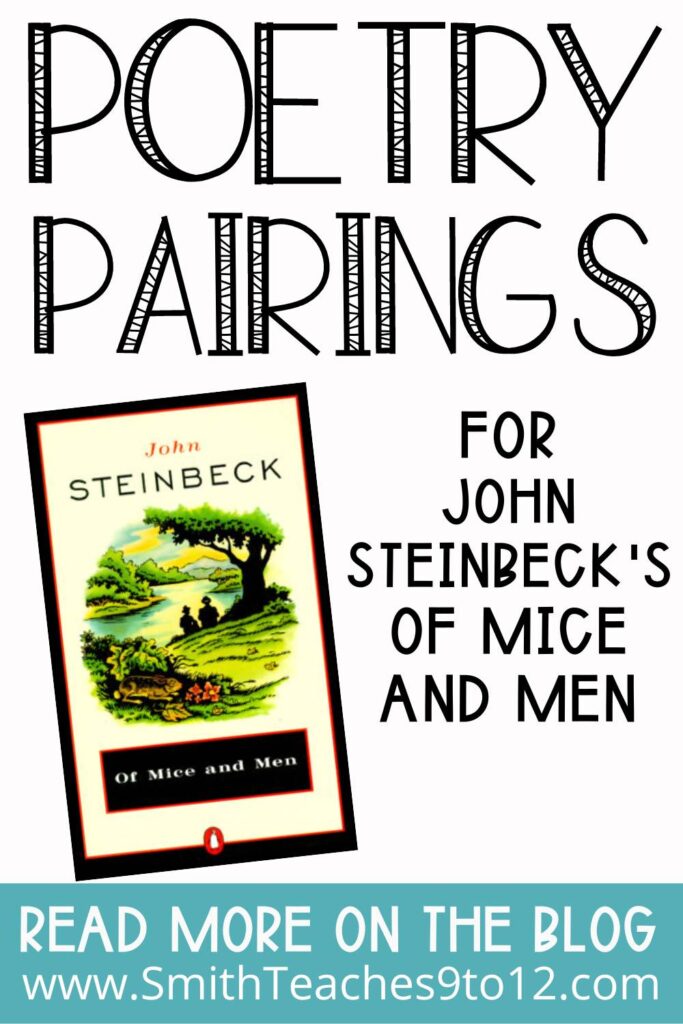
Theme – American Dream (different POVs)
I will always use any chance I can to include work by Langston Hughes and Claude McKay. Whether it’s a dedicated poetry unit or tying it to another text like Of Mice and Men or A Raisin in the Sun by Lorraine Hansberry! I love their work and there’s such diversity in the subjects they cover so these poets can be used throughout a school year.
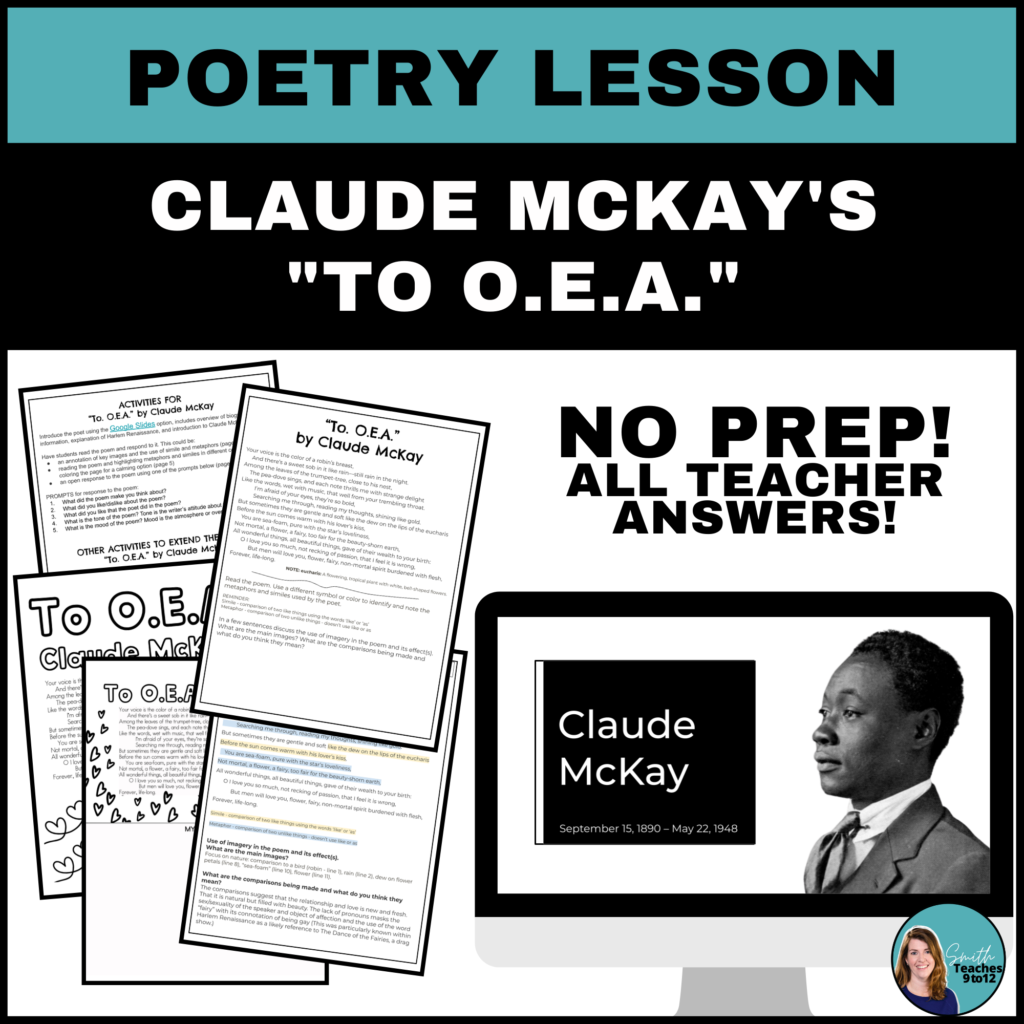
For an introduction to McKay as a poet, and a lesson focused on his poem “To O.E.A.” check out this ready-made option.
Let America Be America Again by Langston Hughes – read the poem
This poem focuses on the American Dream and how it isn’t plausible or possible for everyone. This ties so well to the theme of Steinbeck’s novel too. It reflects the ongoing but never-attained dream for Lennie and George.
America by Claude McKay – read the poem
This poem is just the one poem to explore love and hate of America that seems to boil just below the surface in Steinbeck’s novel. An activity with this poem would be to have students explore what they think the novel is saying about America. This could be done in small groups at different points in the novel (or perhaps this is a guiding question for your novel study) with more being added as students continue reading. At a midway point use McKay’s “America” and analyze the juxtaposition of feelings he expresses. Then continue with the analysis of the novel to reach a potential final decision about the novel. Where does Steinbeck’s novel fall in its presentation of America?
To provide some added context to the novel’s setting poetry in or about the time period can be revelatory. There are many poems about The Great Depression or even poets of the time, including Robinson Jeffers, a friend of Steinbeck’s, that would be great for poetry pairings for Of Mice and Men.
SETTING – time, place, and society
Pantoum of the Great Depression by Donald Justice – read the poem
The poem is about life during the Great Depression and suits the time period of the novel. The amazing part of the poem is its structure and use of repetition. The first line of each quatrain is a repetition of the second line in the previous quatrain.
Here are the first two quatrains from Justice’s poem to show you just what that means:
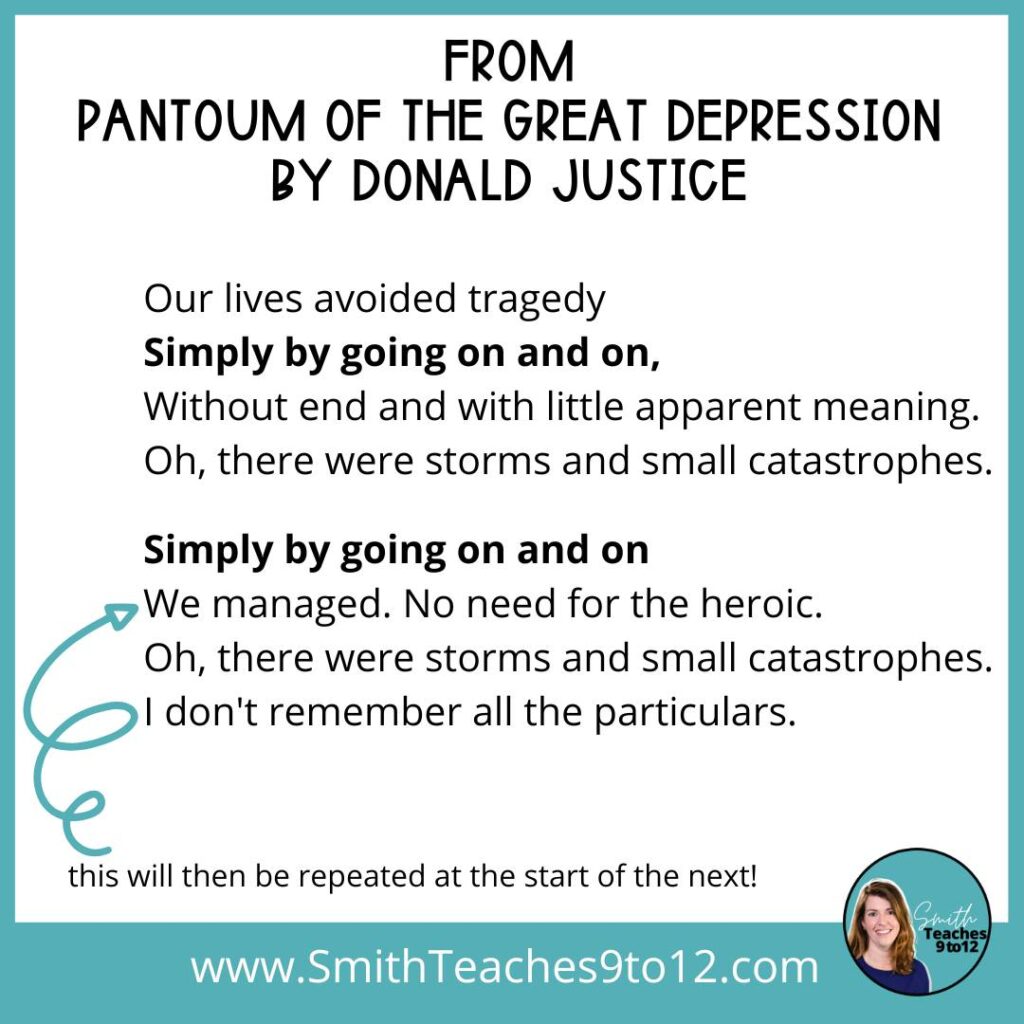
United by Naomi Shihab Nye – read the poem
This poem from the always amazing Naomi Shihab Nye focuses on the mottos of different states. The poem would be an interesting way to examine the life of farm workers in the Great Depression, and particularly the travels of Lennie and George.
While the inclusion of friendship as a theme provides some insight into the relationship between Lennie and George, other characters are equally worthy of exploration. For me, Curley’s Wife is the character who intrigues me most, not the least because she is never named in the book.
Character examination and comparison
Dolores, Maybe by John Murillo – read the poem
TW NOTE: mentions of suicide and sexual assault
Use this poem for a comparison between the main character of this poem and Curley’s Wife, both unnamed in their respective works. Consider the physical and emotional descriptors and note what is the same and what is different. Use a Venn diagram or T-chart with a comparison of lines from the poem and the novel using specific page references.
TEACHER TIP: Use rectangles rather than circles for your Venn diagram; it opens up more space for adding information in an organized fashion. Take it a next step and regardless of shape, add lines through the shapes so students have a better way to record their thinking.

Looking to add more poetry into your classroom, whether it’s for a fiction-focused unit or not? Check out this FREE poetry e-book with poems for every month of the year, including eight activities to coincide with any poem!
Related Articles:
- 6 Ways to Include Poetry in Your Next Novel Study
- Poetry Creation and Risk Taking in ELA
- Collaborative Annotations for High School English from McLaughlin Teaches English
- 32 Poetry Pairings from The Literary Maven

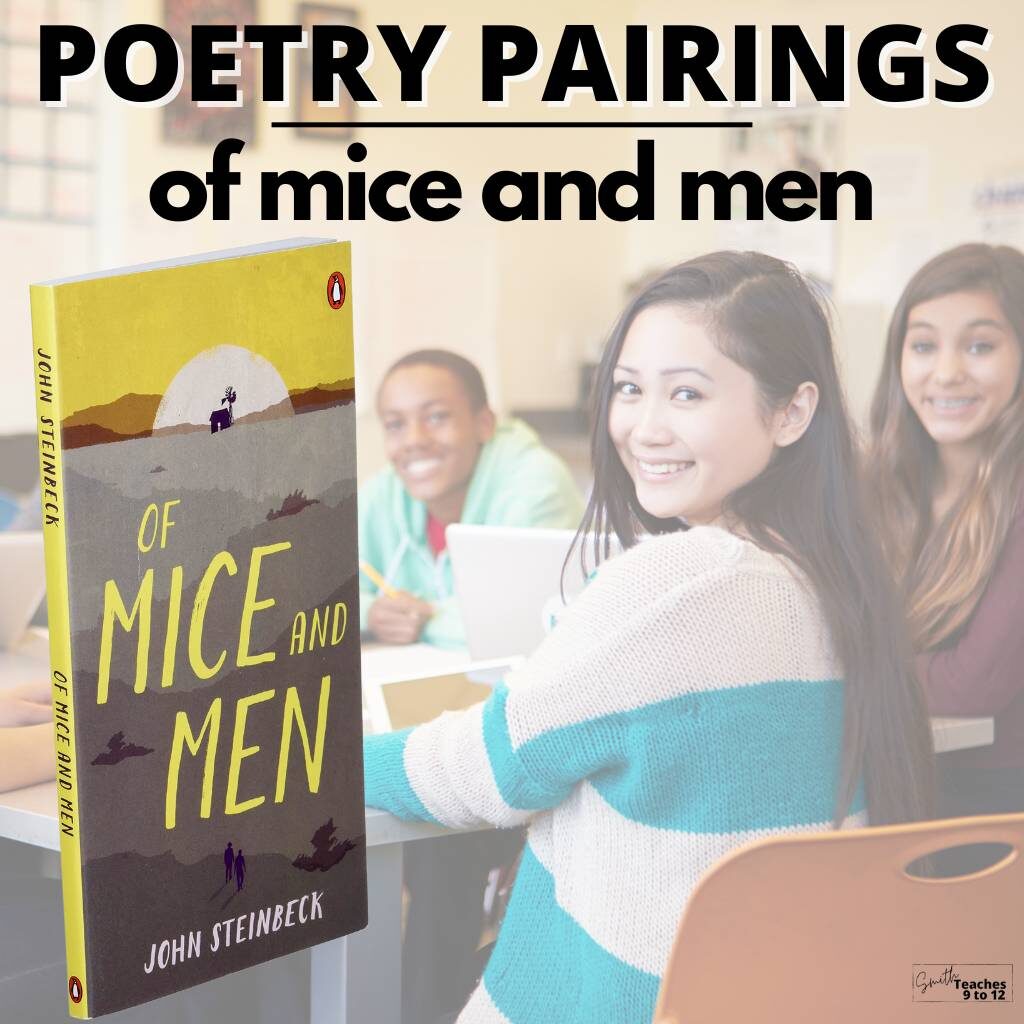
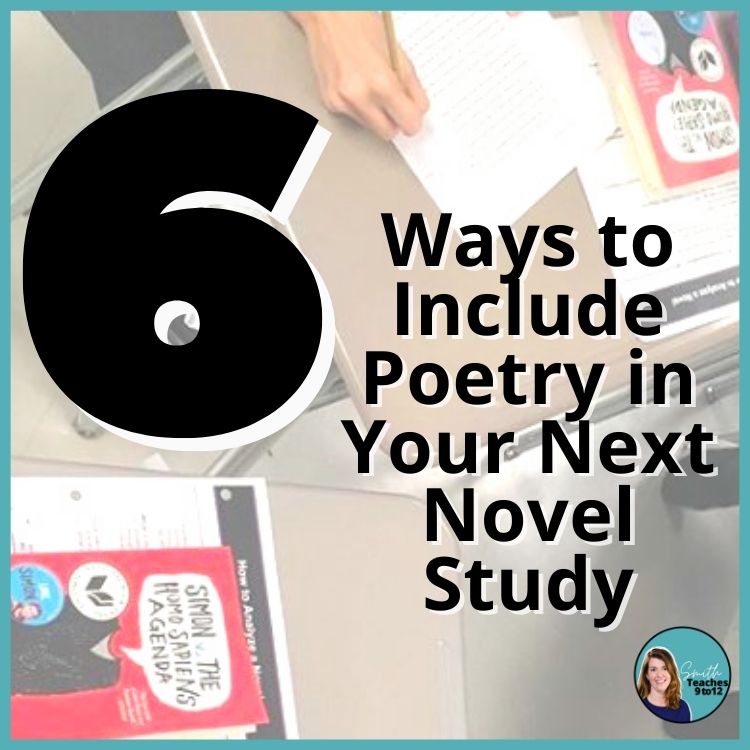

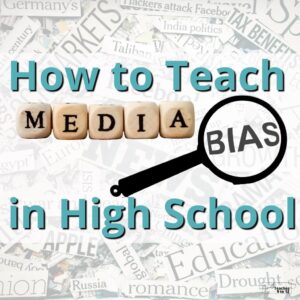

3 Responses